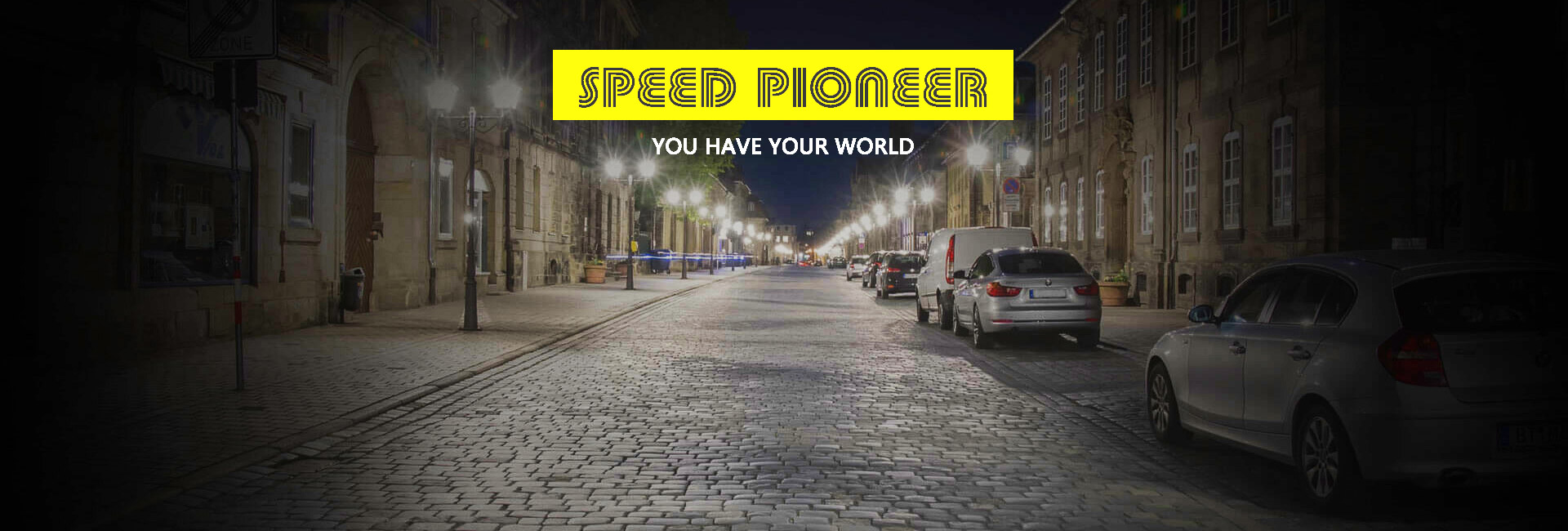Essential Components for Metal Railing Systems and Their Applications
Understanding Metal Railing Parts An Essential Guide
Metal railings are crucial components of architectural design, offering not only safety and support but also aesthetic appeal. They are commonly used in both residential and commercial settings, including staircases, balconies, and decks. The importance of understanding the various parts that make up metal railings cannot be overstated, as they contribute significantly to the overall functionality and style of the installation. In this article, we will explore the primary parts of metal railings, their purposes, and considerations for selecting and maintaining them.
1. Posts
The posts are the vertical supports of a railing system. They are typically installed at regular intervals to provide stability and strength to the entire structure. Metal posts can be made from various materials such as aluminum, steel, or wrought iron, and are often treated to resist rust and corrosion. When selecting posts, consider the height and load-bearing requirements of the railing system. For instance, in a commercial setting with heavy foot traffic, stronger, thicker posts may be necessary to ensure safety and compliance with building codes.
2. Rails
Rails are the horizontal components that connect the posts. There are generally two types of rails in most designs top rails and bottom rails. The top rail serves as a handhold for individuals leaning against or walking alongside the railing, while the bottom rail can provide additional strength and stability. Additionally, the right choice of material and finish can greatly enhance the visual appeal of the railing. Options can include powder-coated finishes for durability and various designs to match the overall decor.
3. Balusters
Balusters are the vertical elements placed between the top and bottom rails. Their primary purpose is to provide support to the railing and to prevent individuals from falling through. Balusters can come in various shapes, sizes, and styles, allowing for significant customization. Some common designs include traditional spindle styles, modern minimalist designs, or decorative patterns that enhance the visual interest of the railing. When selecting balusters, it is vital to consider the spacing between them to comply with safety regulations, particularly in residential settings where children may be present.
metal railing parts

4. Wall Mounts and Brackets
Wall mounts and brackets are essential parts when installing railings against walls or other solid structures. These components secure the railing firmly in place and can help distribute weight evenly. Choosing the right type of mount or bracket can significantly impact the durability and safety of the railing. Installation requirements often vary based on the wall material, so it’s essential to choose compatible hardware that can withstand environmental conditions, especially for outdoor railings.
5. Caps and Post Covers
Caps and post covers serve both functional and decorative purposes. Caps are placed on top of the posts to provide a finished look and to prevent water from entering the post, which can cause rust and deterioration over time. They are available in various designs, from simple flat caps to ornate finials that can enhance the railing's aesthetic. Post covers are used to conceal the post support system, providing a seamless appearance. They can also be designed for easy installation and removal, making maintenance more manageable.
6. Maintenance Considerations
Proper maintenance of metal railing parts is paramount to ensuring their longevity and functionality. Regular inspection for rust, corrosion, or any signs of wear is essential, especially in areas exposed to harsh weather. Cleaning the railings with appropriate materials can help preserve the finish and prevent buildup that may lead to deterioration. If you notice any damaged parts, addressing these issues promptly can save costs on more extensive repairs or replacements later on.
Conclusion
Understanding the various parts of metal railings is crucial for anyone involved in their design, installation, or maintenance. From posts and rails to balusters and brackets, each component plays a significant role in ensuring safety and enhancing aesthetics. With proper selection and maintenance, metal railings can provide not only security but also a lasting visual appeal that complements any space. Whether you are considering a new installation or looking to refresh an existing railing system, familiarity with these components will guide you to make informed decisions that enhance both function and style.
-
Wrought Iron Components: Timeless Elegance and Structural StrengthNewsJul.28,2025
-
Window Hardware Essentials: Rollers, Handles, and Locking SolutionsNewsJul.28,2025
-
Small Agricultural Processing Machines: Corn Threshers, Cassava Chippers, Grain Peelers & Chaff CuttersNewsJul.28,2025
-
Sliding Rollers: Smooth, Silent, and Built to LastNewsJul.28,2025
-
Cast Iron Stoves: Timeless Heating with Modern EfficiencyNewsJul.28,2025
-
Cast Iron Pipe and Fitting: Durable, Fire-Resistant Solutions for Plumbing and DrainageNewsJul.28,2025
-
 Wrought Iron Components: Timeless Elegance and Structural StrengthJul-28-2025Wrought Iron Components: Timeless Elegance and Structural Strength
Wrought Iron Components: Timeless Elegance and Structural StrengthJul-28-2025Wrought Iron Components: Timeless Elegance and Structural Strength -
 Window Hardware Essentials: Rollers, Handles, and Locking SolutionsJul-28-2025Window Hardware Essentials: Rollers, Handles, and Locking Solutions
Window Hardware Essentials: Rollers, Handles, and Locking SolutionsJul-28-2025Window Hardware Essentials: Rollers, Handles, and Locking Solutions -
 Small Agricultural Processing Machines: Corn Threshers, Cassava Chippers, Grain Peelers & Chaff CuttersJul-28-2025Small Agricultural Processing Machines: Corn Threshers, Cassava Chippers, Grain Peelers & Chaff Cutters
Small Agricultural Processing Machines: Corn Threshers, Cassava Chippers, Grain Peelers & Chaff CuttersJul-28-2025Small Agricultural Processing Machines: Corn Threshers, Cassava Chippers, Grain Peelers & Chaff Cutters












